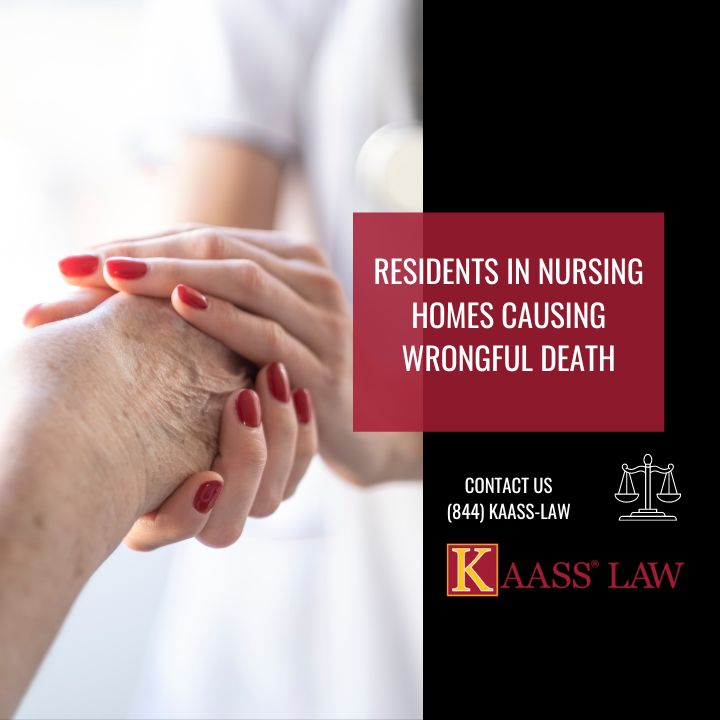Residents in nursing homes should be under the supervision of staff. Wrongful death in nursing homes is a growing concern, especially in cases where the death is caused by another resident. Patient-on-patient incidents can include physical or sexual abuse, neglect, or assaults, and can lead to serious injury or death. In this blog, we’ll explore the issue of wrongful death in nursing homes caused by another patient, the responsibilities of the nursing home, and what you can do if your loved one has suffered harm or death in these circumstances.
What is Patient-on-Patient Incident in a Nursing Home?
A patient-on-patient incident in a nursing home occurs when one resident causes harm or injury to another resident. For example, these incidents can involve physical or sexual abuse, neglect, or assaults, and can result in serious injury or death. In many cases, the residents involved have cognitive or physical disabilities that make them vulnerable to harm, and they are dependent on the nursing home staff for protection and care.
Responsibilities of the Nursing Home in Patient-on-Patient Incidents
The nursing home has a legal obligation to provide a safe and secure environment for all residents, including protecting them from harm by other residents. For example:
- Screening and assessing new residents for potential safety risks
- Providing adequate staffing to ensure proper supervision and protection of residents
- Implementing policies and procedures to prevent and respond to patient-on-patient incidents
- Providing adequate training and resources to staff to respond to and report incidents
- Taking action to address and prevent incidents from recurring
If the nursing home fails to fulfill these responsibilities and a resident is harmed or killed as a result, the nursing home may be liable for wrongful death.
Proving a Residents in Nursing Homes Wrongful Death Case
To prove a wrongful death case in a patient-on-patient incident, you must show that the nursing home was at fault for the death of the resident. This typically involves proving that:
- The nursing home failed to provide adequate care, such as failing to screen new residents for safety risks or providing adequate staffing to ensure proper supervision
- The failure to provide adequate care caused or contributed to the death of the resident
- The family of the deceased suffered damages as a result of the death
Gathering Evidence in Patient-on-Patient Incidents
Gathering evidence is crucial in proving a wrongful death case in a patient-on-patient incident. Evidence may include:
- Medical records, including nursing home records, hospital records, and doctor’s notes
- Eyewitness accounts from staff, other residents, and family members
- Expert testimony from healthcare professionals, such as a doctor or nurse, to establish the standard of care in a nursing home and how the nursing home or staff deviated from that standard
- Police report and criminal charges, if applicable
Steps in Filing a Nursing Home Wrongful Death Lawsuit
The steps involved in filing a wrongful death lawsuit in a nursing home vary by state but generally include:
- Retaining an attorney specializing in elder law or wrongful death
- Conducting an investigation, including gathering evidence and interviewing witnesses
- Filing a complaint in the appropriate court
- Participating in discovery, where both parties exchange information and documents
- Negotiating a settlement or going to trial
Contact Attorney Today
Wrongful death in nursing homes caused by another resident is a serious issue that requires prompt attention and action. If your loved one has suffered harm or death as a result of a patient-on-patient incident, it’s essential to understand your legal rights and seek the guidance of an experienced attorney.
Call us at 310.943.1171 or visit our website for other practices.

